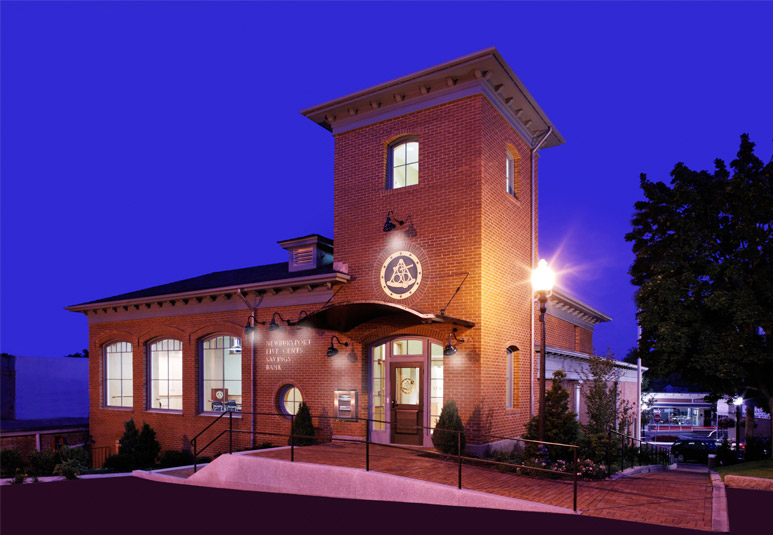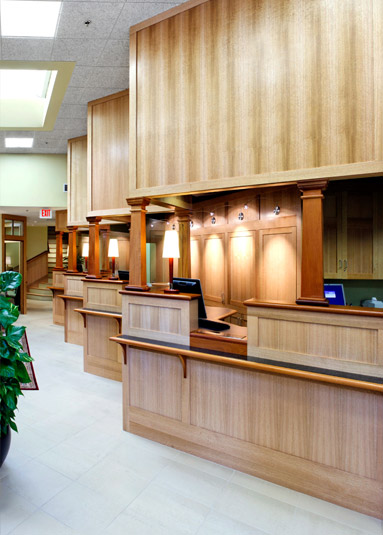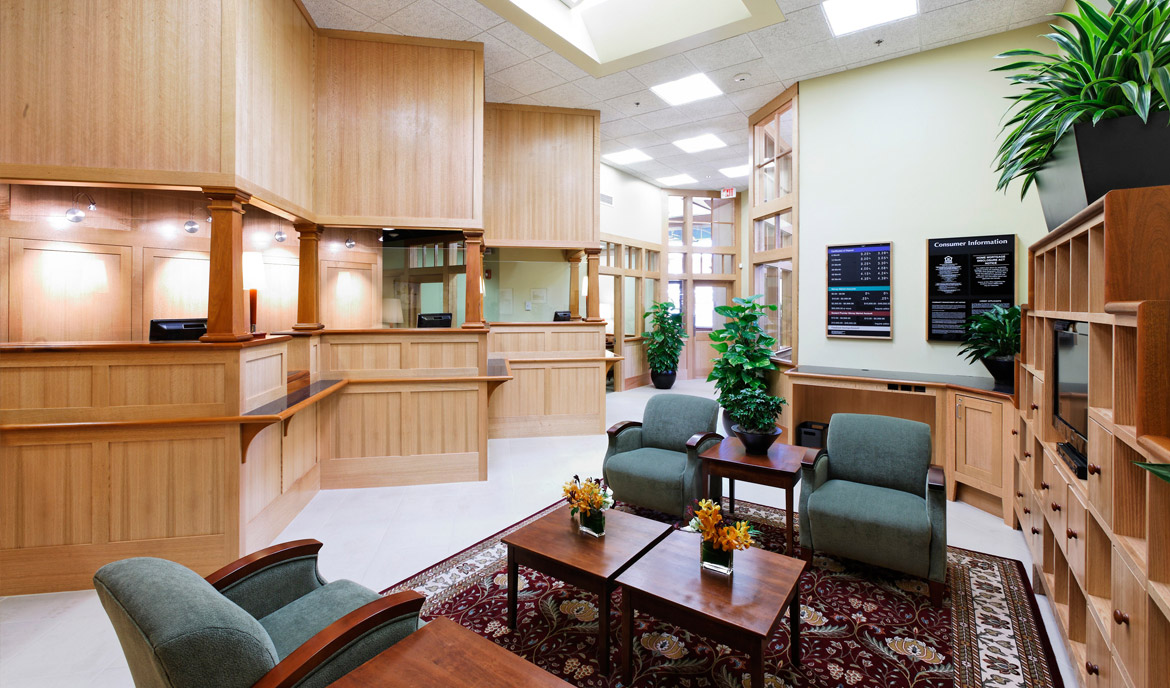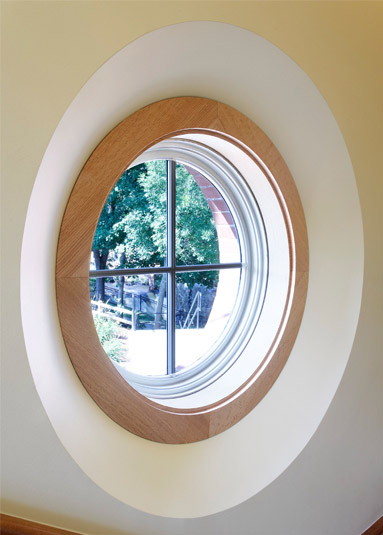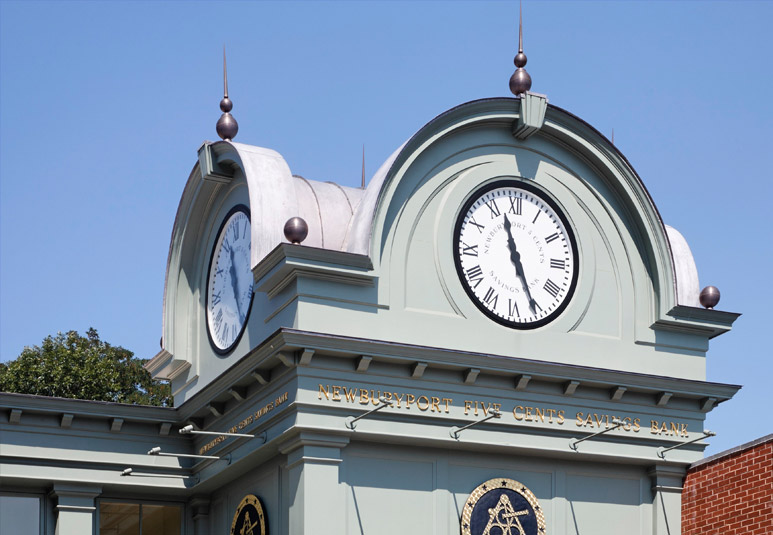Newburyport Five Cents Savings Bank Amesbury
Amesbury, MA
The city of Amesbury, Massachusetts was settled in 1642, located on the banks of the Powow River. The new Newburyport Five Cents Savings Bank branch now occupies a portion of…
Read More
Read Less
The city of Amesbury, Massachusetts was settled in 1642, located on the banks of the Powow River. The new Newburyport Five Cents Savings Bank branch now occupies a portion of an 18th century mill building that very likely manufactured nails, using the river’s power to run the machinery.
The bank needed extensive renovations; repairs to masonry walls and water leaks were repaired immediately. The rear facade of the building faces Amesbury’s historic mill yard while the front facade is located on the main commercial street. The challenge facing the architect was to design the rear facade to reflect the historic character of the mill yard while assuring that the main street facade blended with the other New England storefronts with their classical architectural details and large windows.
The distinctive clock tower draws its inspiration from the original mill building which had a five story clock tower visible throughout the historic downtown.
- 4,500 square feet +/-
- Originally an old mill yard building
- The front façade is an elegant ornate clock tower befitting its town center location
- The rear façade faces the historic mill yard and reflects its industrial roots
- Contains a multi-purpose conference room/kitchen for use by the community
Download Project Page
The city of Amesbury, Massachusetts was settled in 1642, located on the banks of the Powow River. The new Newburyport Five Cents Savings Bank branch now occupies a portion of an 18th century mill building that very likely manufactured nails, using the river’s power to run the machinery.
The bank needed extensive renovations; repairs to masonry walls and water leaks were repaired immediately. The rear facade of the building faces Amesbury’s historic mill yard while the front facade is located on the main commercial street. The challenge facing the architect was to design the rear facade to reflect the historic character of the mill yard while assuring that the main street facade blended with the other New England storefronts with their classical architectural details and large windows.
The distinctive clock tower draws its inspiration from the original mill building which had a five story clock tower visible throughout the historic downtown.


